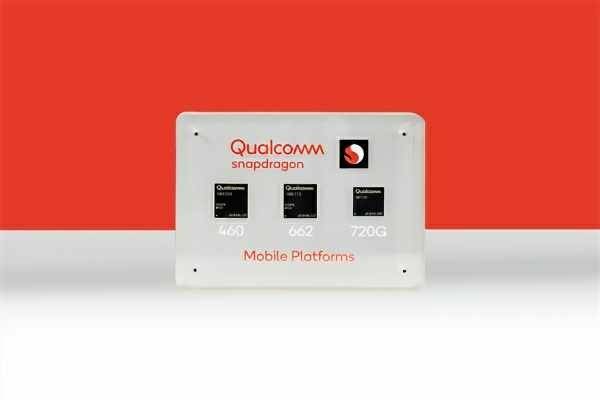
Over the past few months, especially during Google I/O, we have learned a lot about the Google Fuchsia OS operating system and the types of devices it is currently expected to run.Although Hiroshi Lockheimer said that Fuchsia OS may not be suitable for some smartphones, new evidence suggests that the Fuchsia team is working hard to support the Snapdragon 835 processor, which is based on the Snapdragon 835.

Two years ago, Fuchsia UI really exposed the demo application from Android. Seeing the early stages of Fuchsia team development, considering mobile devices and previewing the UI, it seems that Fuchsia will be the successor to Android. A Bloomberg report further claims that Fuchsia OS will replace Android within five years.
However, by far the vast majority of hardware supported by Fuchsia is IoT devices like Google Nest Hub and traditional computer devices like Google Pixelbook. The only exceptions related to Android, Glory Play and Google Pixel 3 XL open Fuchsia OS, but this was created by a third party, not from Google Official.
Recent Fuchsia Gerrit source code management submissions have seen new developments. The commit created by the same Fuchsia team member, which is responsible for most of the currently supported hardware, is marked as “initial support for MSM8998” and actually supports the Snapdragon 835.

However, it is now outdated to support the Snapdragon 835. Perhaps supporting Xiaolong 835 will become a stepping stone for the new chip. Google may test some features of the Fuchsia system on Google Pixel 2 phones.
However, current users cannot run Fuchsia OS on Pixel 2 (or other Snapdragon 835 phones). Currently, only internal serial consoles are supported based on the submission message. This means that important aspects of smartphones, such as displays and touch screens, do not work.






